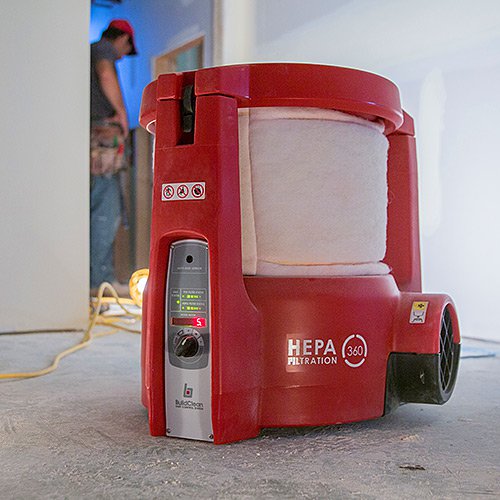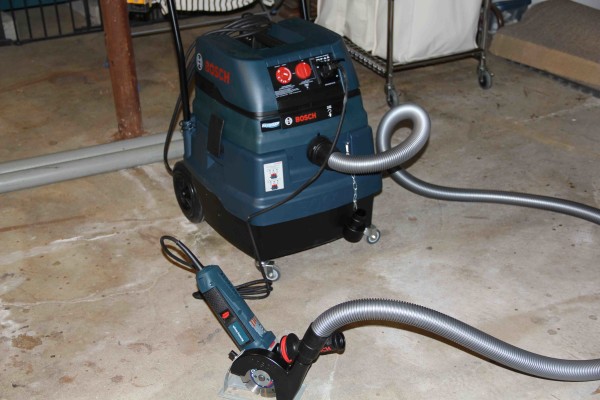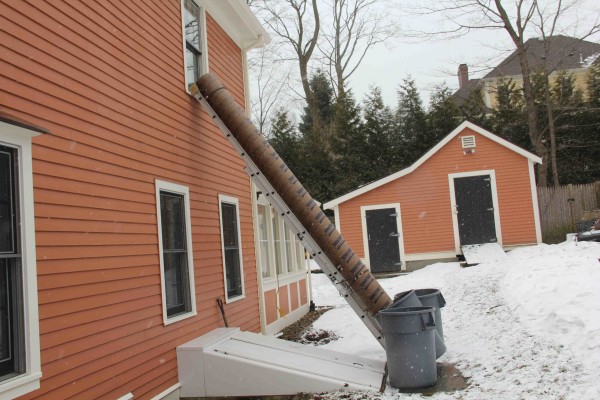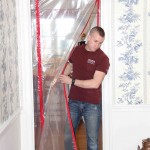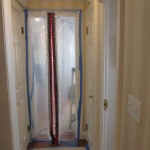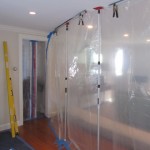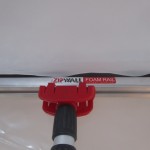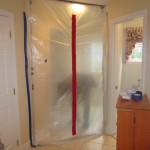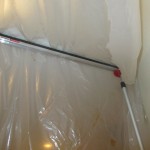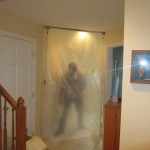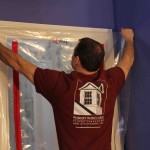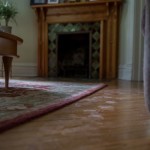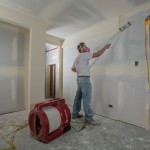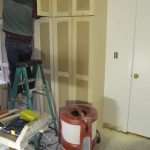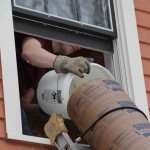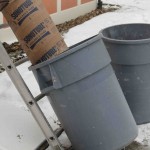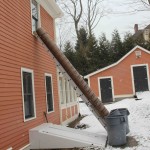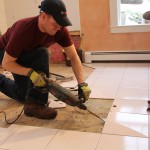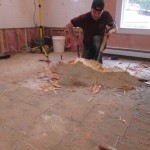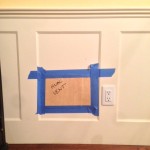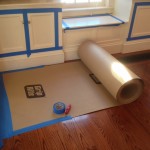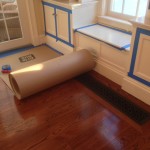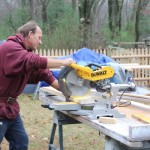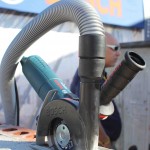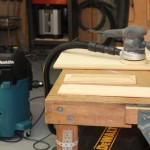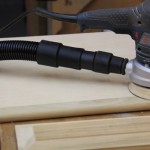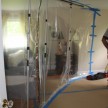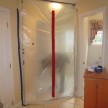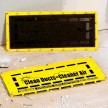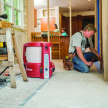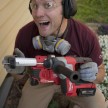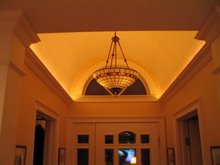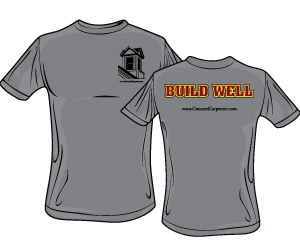How To Control Remodeling Dust – Best Practices
7. Capture Airborne Dust
Set up and use a BuildClean HEPA air scrubber during the construction process. This is one of the most effective ways to remove airborne dust before it settles or finds its way into other areas of the home.
We use a BuildClean air-scrubber. The BuildClean Dust Control System provides continuous and highly effective air filtration and captures many types of dust generated during remodeling projects, including cement, insulation, silica, lead, wood, and drywall dust.
The BuildClean system can allow contractors to virtually eliminate airborne dust that results from demolition, sanding, and other standard remodeling tasks. It removes up to 90 percent of the airborne dust generated in the remodeling process, which minimizes the migration of dust and preserves home livability even in the most challenging remodeling projects.
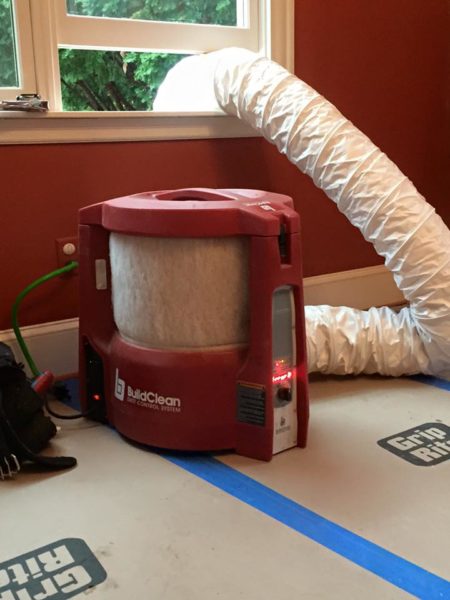
8. Capture Dust At Its Source
Capturing dust at its source is means using a HEPA vacuum to collect the dust as your making it. Several major tool companies now make dust collection attachments to connect to SDS rotary hammers, saws, grinders, and drills.
Utilize HEPA vacuums and collect dust at its source of a generation with vacuum-equipped tools. If you do not have a tool that accepts a vacuum hose, like a sawmill, have a helper hold the vacuum nozzle near the blade during dust-producing applications. Misting both before and during the cutting of concrete is also helpful in reducing airborne dust.
There are three major reasons to use a BuildClean unit, they are:
- Minimizes dust migration
- Provides a healthier and cleaner environment
- Lowers cleaning costs
9. Vacuum Don’t Sweep
Sweeping only pushes the dust around and creates airborne dust. A HEPA vacuum not only picks up the dust but also the fine particulate dust often left behind by brooms. Utilize high filtration multi-layer vacuum bags.
10. Cut Materials Outside
Set up saws, sanders, and any dust-producing applications outdoors.
11. Clean As You Go
We clean all messes as they are created. If you leave the mess and walk through it you’re only kicking it around and grinding it into the floor protecting material. Reducing messes as they occur keeps dirt and dust out of your shoe soles and from finding their way into the house.
Clean the entire job-site daily including vacuuming with a HEPA vacuum.
12. Utilize a Debris Chute
Avoid carrying materials through the non- remodeled house. Try to remove debris out windows and down chutes to the dumpster.
13. Don’t Dry Mop or Dust:
Dry dusting only pushes the dust around and allows it to become airborne. Use a damp rag or a special microfiber dusting rag to collect dust off flat surfaces, trim, sills, and furniture.
Reducing Remodeling Dust – Best Practices Video
Photo Gallery
- ZipDoor Dust Containment
- ZipDoor Dust Containment
- ZipDoor Dust Containment
- Dust Containment
- ZipWall Dust Containment
- ZipWall ZipDoor Dust Containment
- Dust Containment
- Dust Containment
- Dust Containment
- ZipDoor Dust Containment
- Foot prints – not good!
- Have a Plan! – Construction Debris
- Floor Mat – Foot Prints
- BuildClean HEPA Air Filter
- BuildClean HEPA Air Filter
- BuildClean HEPA Air Filter
- BuildClean HEPA Air Filter
- BuildClean HEPA Air Filter
- Debris Chute
- Debris Chute
- Debris Chute
- Demotition and Dust
- Demotition and Dust
- Sealing HVAC Ducts
- Protecting Floors
- Protecting Floors
- Cutting Outdoors
- Capture Dust at Source
- Capture Dust at Source
- Capture Dust at Source




